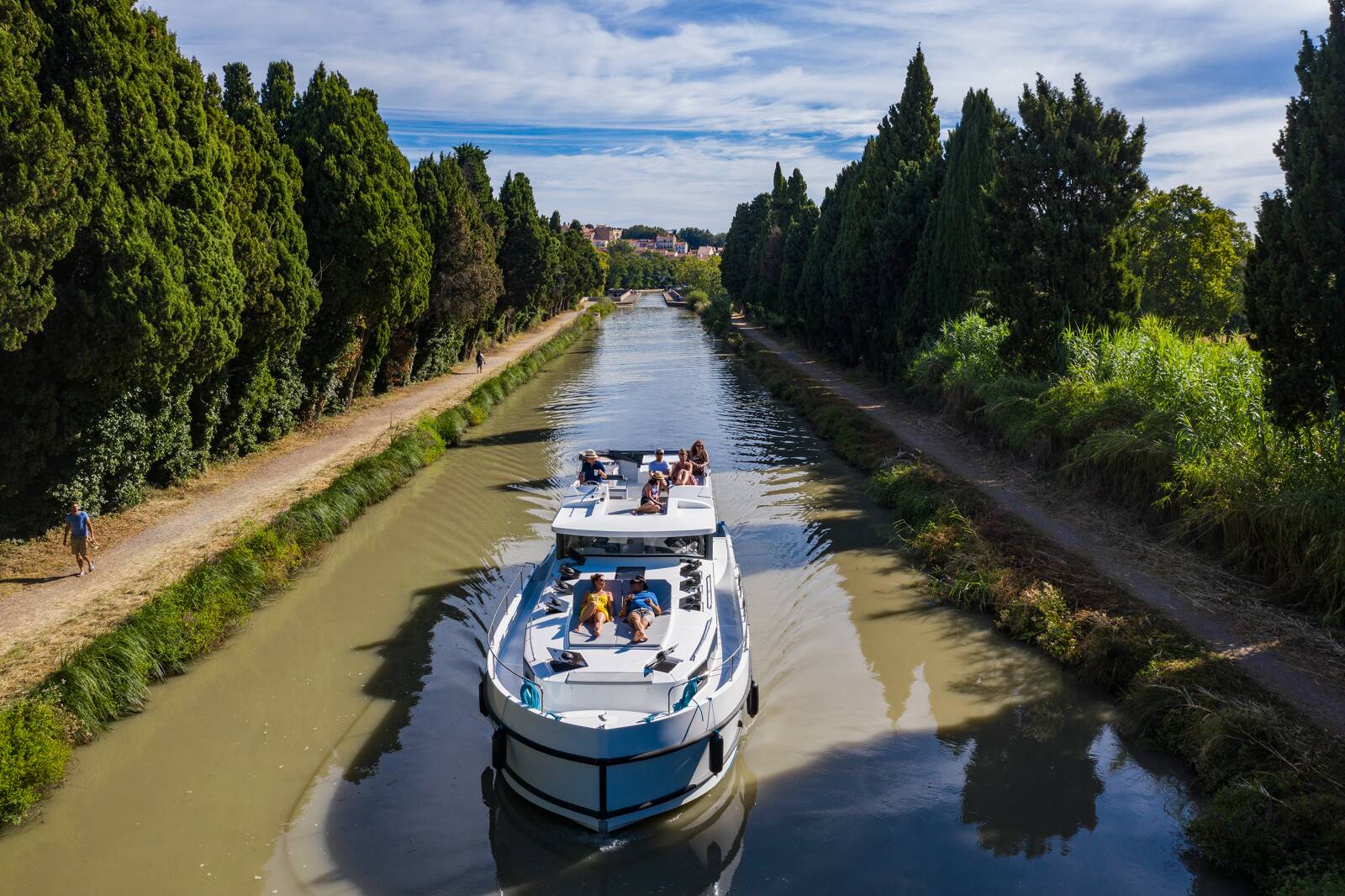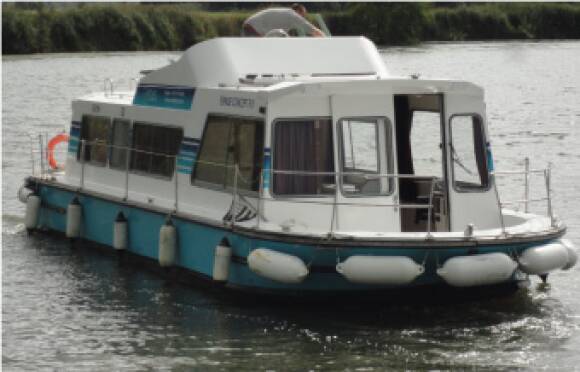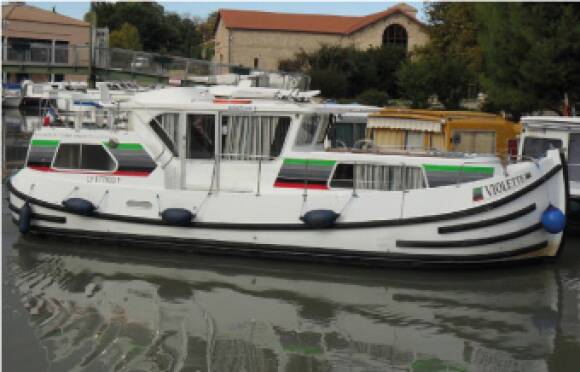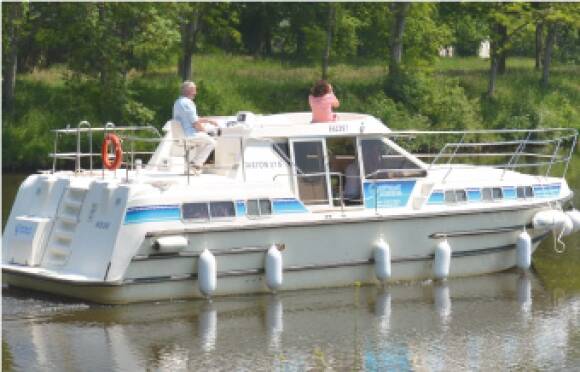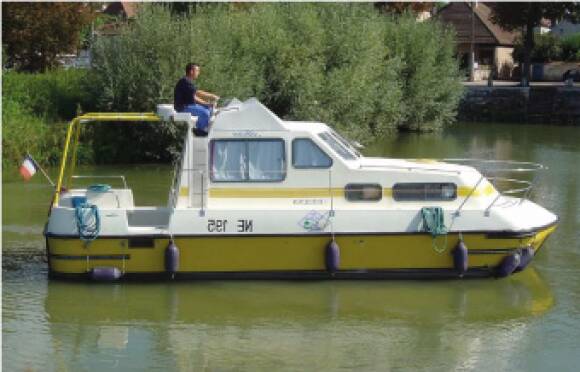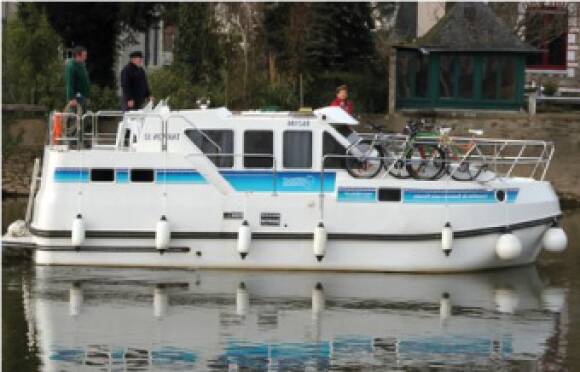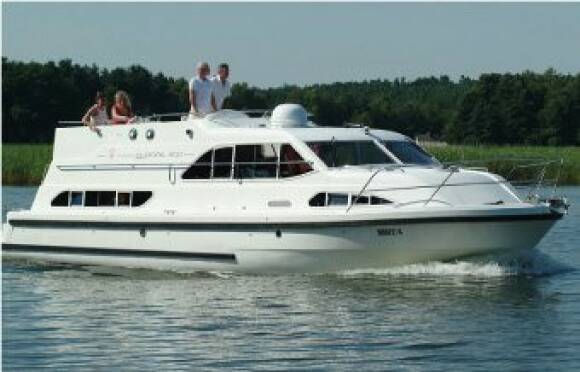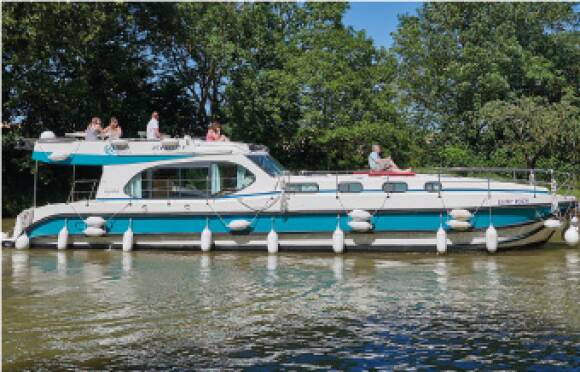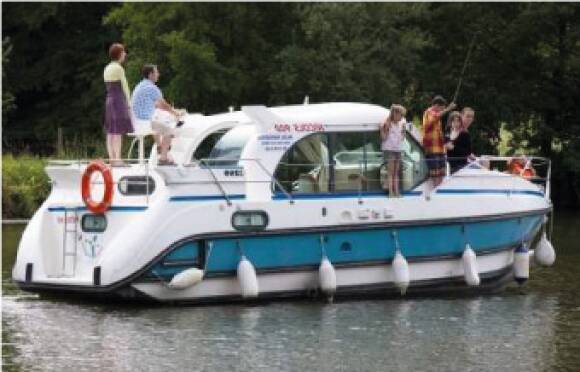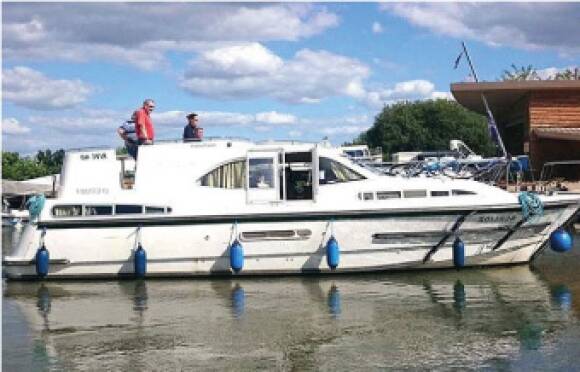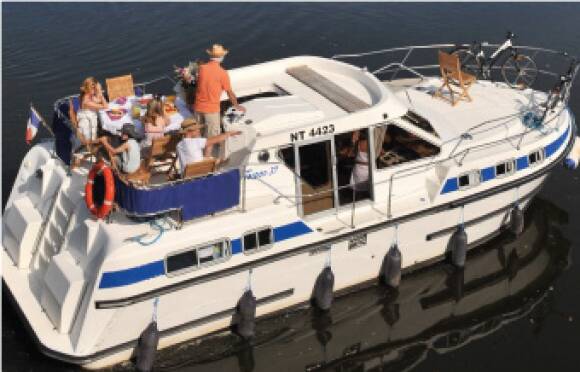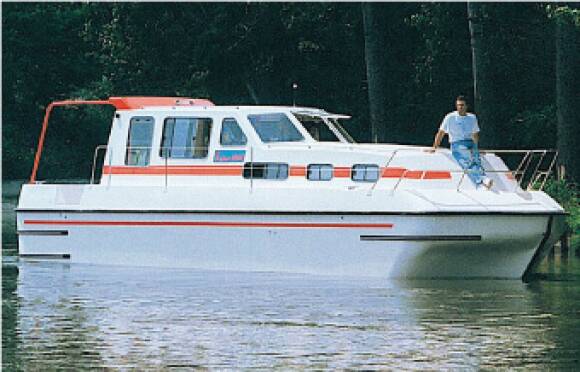The history of the Canal du Midi
An emblematic river cruising destination, the Canal du Midi welcomes several thousand boaters every year, many of whom opt to hire barges without a licence. A craze that dates back to the 1980s and has continued ever since. But before that, the canal was not intended for river tourism. Built to link the Mediterranean and the Atlantic, it was originally intended for the river transport of goods. Inaugurated in 1681, it is now one of the oldest European canals on which it is still possible to navigate, for example on boats and barges without a rental licence. With more than 300 engineering structures, it is a remarkable site whose history begins in the 17th century.
15 years of construction for an exceptional site
The construction site of the Canal du Midi began in 1666 and ended in 1681. Authorised by a royal edict of Louis XIV, it was designed by Pierre-Paul Riquet and supervised by Jean-Baptiste Colbert. Considered a real technical feat (especially at that time), it revolutionised river transport by creating a waterway linking the Mediterranean to the Garonne. Its design had two objectives: to develop trade and to reduce transport times by avoiding the Straits of Gibraltar.
But this project was ambitious because a question arose: how to ensure the supply of water to the canal throughout the year and in sufficient quantity? To answer this question, Pierre-Paul Riquet studied previous projects dating from the first half of the 17th century. Finally, he found a way that pleased Colbert, namely to take water from the rivers of the Montagne Noire in the south-western Massif Central. Work began in 1666 and 15 years later, on 15 May 1681, the inauguration took place. Unfortunately, its designer was not present to admire his work because he died 6 months before the end of the construction. Named "Canal Royal de Languedoc" when it was created, it was renamed "Canal du Midi" during the French Revolution and it is under this name that it is now known.
A more than 300 year old work of art still in use
A huge project, it involved 12,000 workers and resulted in the construction of, among other things, some 60 locks, 100 bridges and 6 dams. Over time, it was developed, in particular by Vauban who modernised it. And if for decades it was dedicated to the transport of goods, its activity evolved with the development of river tourism in the 60's, which only took off in the 80's.
Nowadays, rental barges navigate the river and allow boaters to discover this extraordinary heritage. Passing through the locks, for example, is always a highlight for travellers, those of Fonseranes being the best known.
Since 1996, the Canal du Midi has been listed as a UNESCO World Heritage Site, thus guaranteeing its preservation. Similarly, developments have been carried out in recent years along this structure and various projects are underway to protect it and its environment. In addition, every year, events are organised by the towns crossed by the Canal du Midi. Reconciling tourism - with the rental of barges and boats without a licence in particular - and the preservation of the site is therefore the major challenge for Voies Navigables de France (VNF), which has been in charge of its management since 1991.
